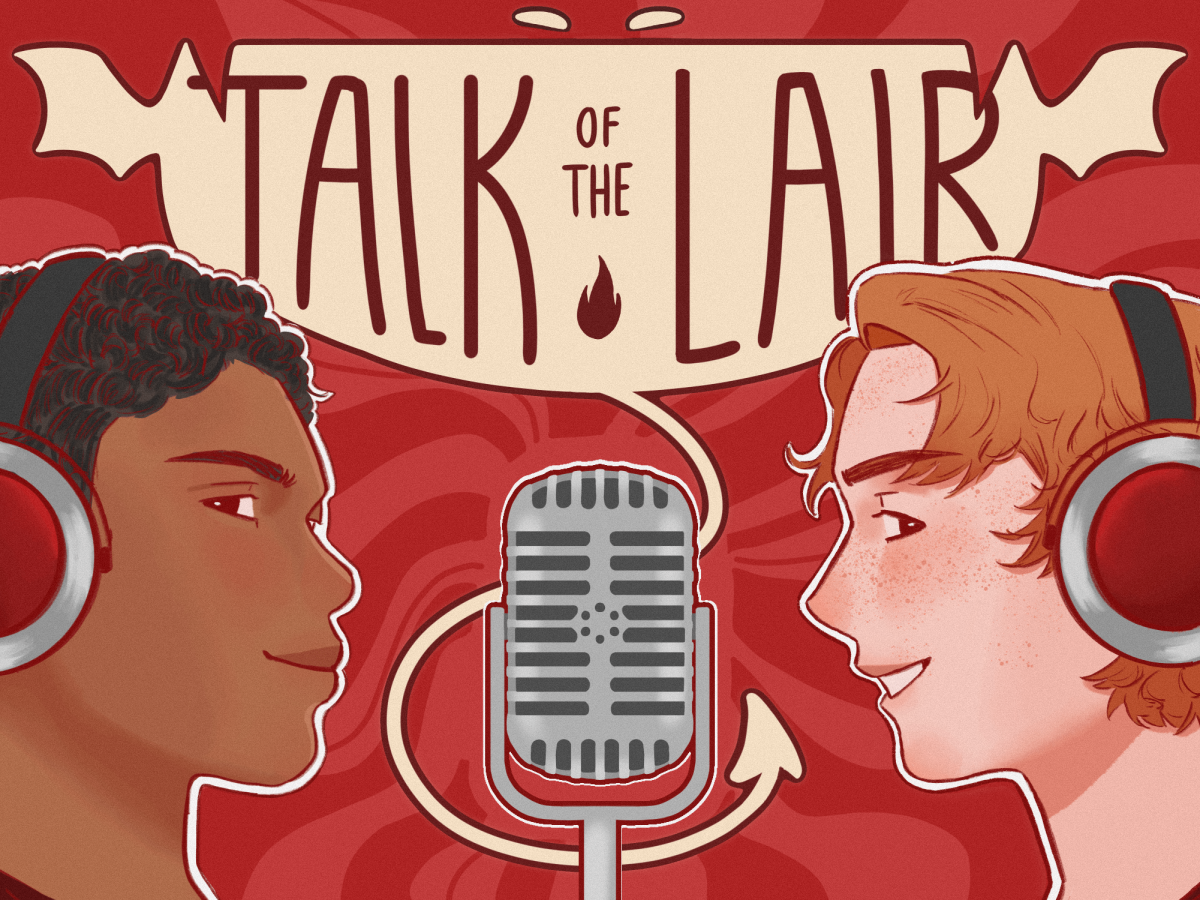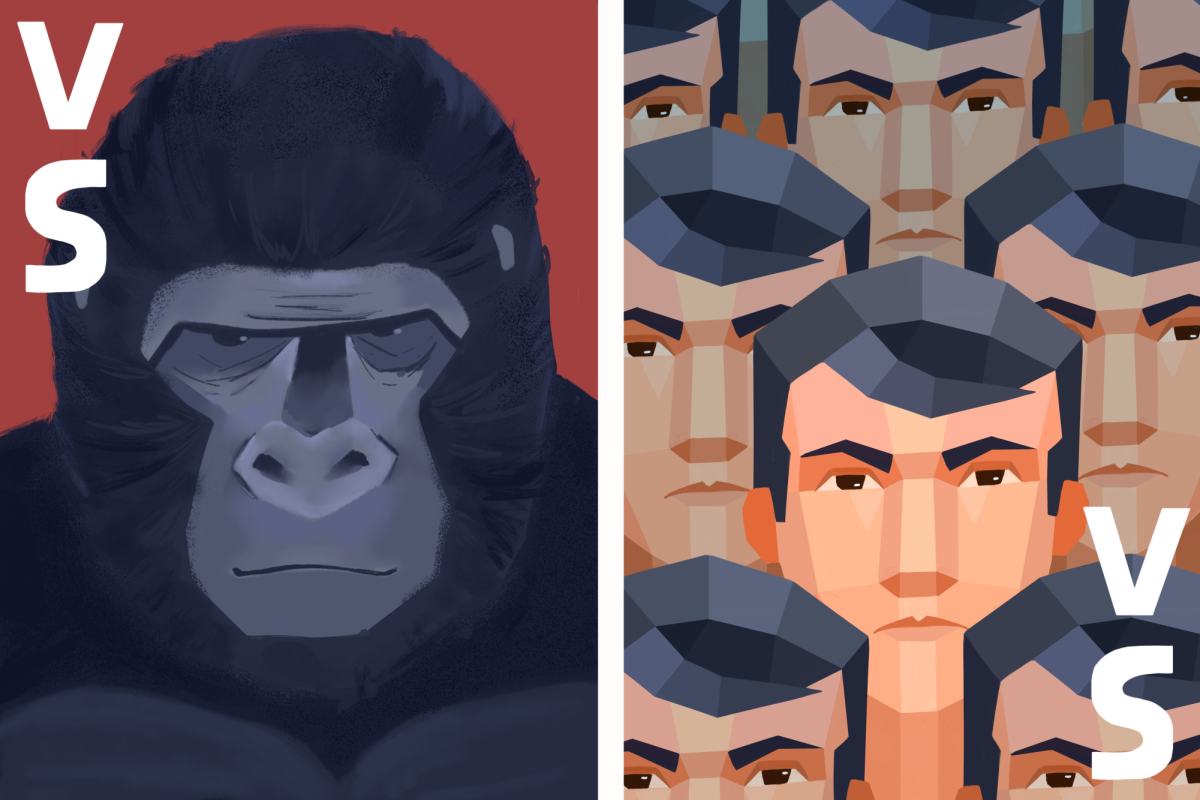On April 9, 2024, the documentary “Brandy Hellville & The Cult of Fast Fashion” was released on the streaming platform, Max. The documentary focuses on the popular women’s clothing brand, Brandy Melville. The documentary is based on how Brandy Melville’s careful curation of the “California girl” aesthetic, masks the deep-rooted issues in its management.
Brandy Melville has captivated the attention of teenage girls who desire to have the best clothes and the best style. The company has been extremely popular among middle through high school girls, and the company was profiting from this urge to be well-liked because of clothing. Brandy Melville’s strategy of marketing to teen girls who were small enough to fit into their exclusive clothing paid off, because, despite its obvious faults, people were still continuing to buy.
A trademark of Brandy Melville is their one-size-fits-all clothing line, and the size that supposedly “fits all,” is a typical brand’s small or extra small. This sizing is clearly unrealistic as there are many different body types that exist, yet Brandy Melville caters to the minority. The company faced some backlash for this exclusion of other body types, however, instead of adding inclusive sizes, they changed their slogan to “fits most.” Despite this issue, people continued to buy their clothes. In the documentary, many customers and workers of Brandy Melville said that if they were small enough to fit in the clothes, they felt special. It was almost like a club, or cult, where if you were in it, then you felt as if you were above those who could not.
Social media was Brandy Melville’s form of putting on a mask for the public. Their Instagram consists of “Brandy girls” who are young teenage girls, mainly white, blonde and skinny. All the photo shoots are taken by Brandy Melville employees, who are also young “Brandy girls.” But behind the scenes, the one managing the Instagram account is surprisingly a man in his 40s. Stephan Marsan is the one running the entire operation as the CEO of the company. This dynamic is highly problematic, and after seeing the true inner workings of Brandy Melville, it is clear that these young girls are being exploited.
The film also highlights the racism and sexism present in the company. Brandy Melville would hire workers of color, if they fit their standards, but would force them to work in stock or in the back, while they would take all the skinny, blonde and white workers who “fit” their brand image, and have them work in the store as faces of the company. This separation of workers was an extreme issue, and yet no one seemed to notice, because it was all happening behind closed doors.
Another issue that the film talks about is the non-sustainable clothing that Brandy was built on. Because the tag on the clothing says “Made in Italy,” people associate it with high-quality and durable material. However, this is not the case. Many Brandy Melville clothes were made with thin cheap material that would fall apart at the seams. In the documentary, they show footage and interviews of people at the world’s largest second-hand market in Ghana, which is filled with piles upon piles of unwanted clothing from the United States.
The unsustainability of Brandy Melville and other fast fashion brands is one of the world’s largest issues. Since the brand is so popular, overproduction has become a huge problem. Brandy Melville does not state any information about their environmental impact, and even after being exposed, they never released an apology or even tried to make any change. Their fast, cheap and unreliable business model is highly unsustainable and has already made significant impacts on the environment. In an interview done by Teen Vogue, Chloe Assam, operations manager of the OR foundation, states that the only way to opt out of this chain of fast fashion is to “just stop buying.”
The underlying issues of Brandy Melville are highlighted extremely well in this film, and it’s worth watching. It shares a powerful message about body image issues, fast fashion and corruption within popular brands. Despite these obvious issues, people still continue to support and buy from this brand, but this film certainly has the potential to promote change and make a difference.
















